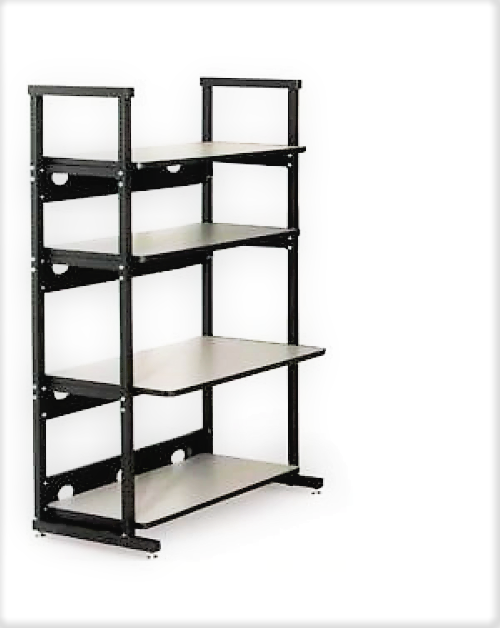The Best Ways to Organize a Rolling Workbench
Posted by Miranda S. on Feb 22nd 2019
If you have ever tried to work on a project or complete a task in a disorganized space, you know that disorder can kill your productivity and efficiency. It can also be frustrating and dangerous if you’re working with power tools or other potentially hazardous materials. No one can fault you for having a workbench that is messy at times; after all, many people who consider themselves to be creative would also say they tend to be a bit messy. But there is a big difference between clutter and complete chaos. Whether you’re working in a large space or small, a rolling workbench is a great way to keep your tools organized and your workstation clean and safe.
5 Tips for Organizing Your Rolling Workbench
Most people have their own personal system when it comes to organizing their workbench, but just because they have been doing something one way for as long as they can remember doesn’t necessarily mean that is the way to go. Even if you’re one of those people who sees a method in your madness, you can only operate in that way to a certain point before you find yourself stopping to clean up your mess or search through the debris for a tool that has suddenly gone missing. Making small but meaningful changes to your normal routine and creating a workflow that best suits your needs can take time, but having an organized rolling workbench is a good start. The following are some tips for organizing your rolling workbench and putting it to work for you:
1. Keep everything within reach. Stopping every five minutes to dig through bins and baskets is just going to leave you with a big mess and keep you from working quickly and efficiently. Try organizing your workbench so everything is within reach and the next time you need that claw hammer, you’ll know exactly where to find it.
2. Find the best use of the space. The key to a truly organized workbench is using all of the space available in the most efficient way possible. Use every square inch of your workbench as storage space and you’ll find your materials faster and more easily. That includes the sides of your workbench and any other out-of-the-way spots that you wouldn’t normally consider using.
3. Break out your label maker. Whether you share your workbench with other people or have it all to yourself, labeling your tools and supplies by brand or by use is a great way to avoid confusion and keep everything straight. The labeling itself may be a fairly tedious task, but it will pay dividends in the long run.
4. Install magnetic strips to hang handy tools. If you find yourself constantly looking for your scissors, pliers or wrench, consider installing some simple magnetic strips to keep your most useful metal tools within reach and out of the way.
5. Wrangle tangled cords with Velcro strips. Not only are tangled cords messy, they also pose a tripping hazard if they are hanging all over the floor. Try keeping your cords in check with some handy Velcro straps.
Put Your Rolling Workbench Plan in Action
A rolling workbench is a simple and inexpensive solution to your workplace needs and it offers endless organizational possibilities for your tools, nails, screws and other workbench basics. Not only does a rolling workbench give you the convenience and versatility to quickly and safely move your workspace from place to place, it also offers an easy cleanup solution, helping you get everything safely up off the floor and in its own specific spot. There is nothing wrong with a little clutter in the workshop, but if you’ve been operating under the guise of “creative chaos,” it may be time to change up your method for good and put your rolling workbench plans in action.

